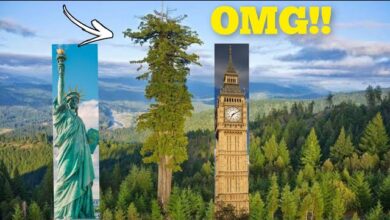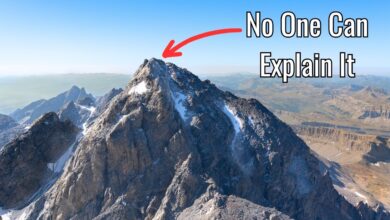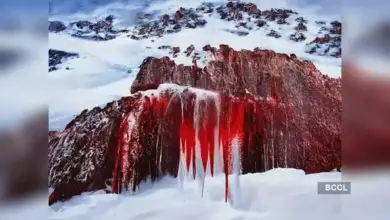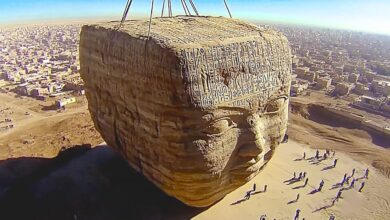This Is Why the U.S. Wants to Cut the Surface of Greenland
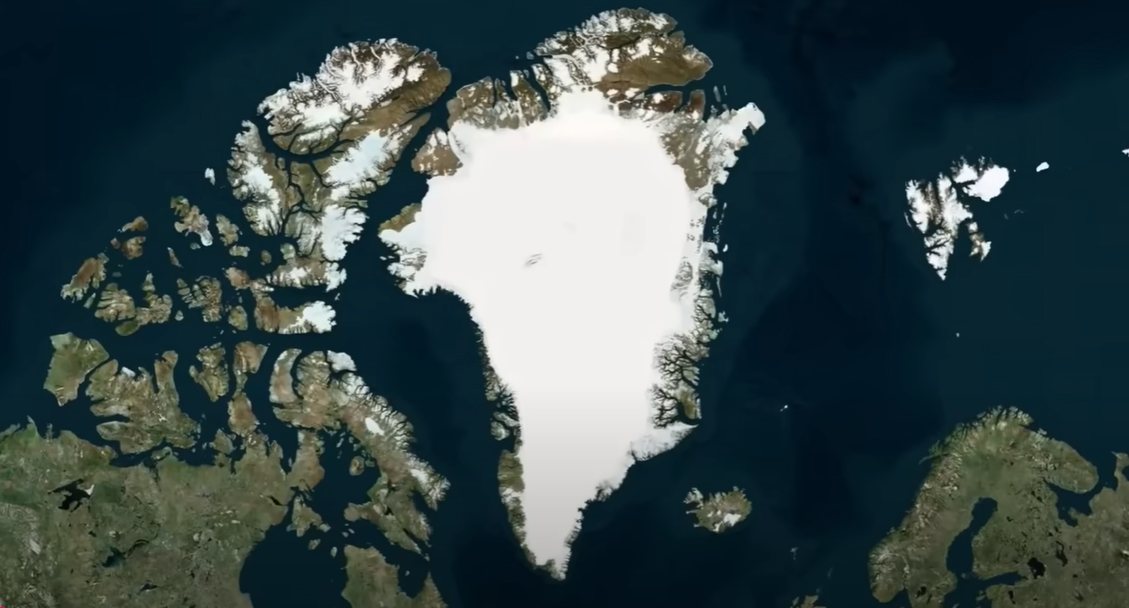
Greenland is the world’s largest island, but it is also the most sparsely populated, with only about 56,000 people living on its 772,000 square miles. About 80% of the island is covered by ice, so most of the population is concentrated on the southwest coast, near the capital Nuuk. Although it is located in North America, Greenland has been under Danish control for 300 years.
For much of the 20th century, the island was isolated and economically underdeveloped, relying heavily on fishing, which accounts for more than 90% of its exports. However, that could soon change as melting ice makes it easier to exploit its resources. This presents both opportunities and challenges, especially since the United States has long had its eye on Greenland.
During World War II, when Germany occupied Denmark, the United States quickly established a military base in Greenland. After the war, the US military continued to have a presence there, with the Thule air base playing a key role in the defense system. Several US presidents, from 1867 to Donald Trump, have tried to buy Greenland, but without success.
The US’s interest is not only strategic, but also aimed at Greenland’s valuable resources, especially rare earth and uranium deposits. The Kvanefjeld mine in the southwest is considered one of the world’s largest untapped rare earth deposits, containing metals vital to the clean energy and defense industries. If exploited, it could catapult Greenland into the ranks of leading rare earth producers.
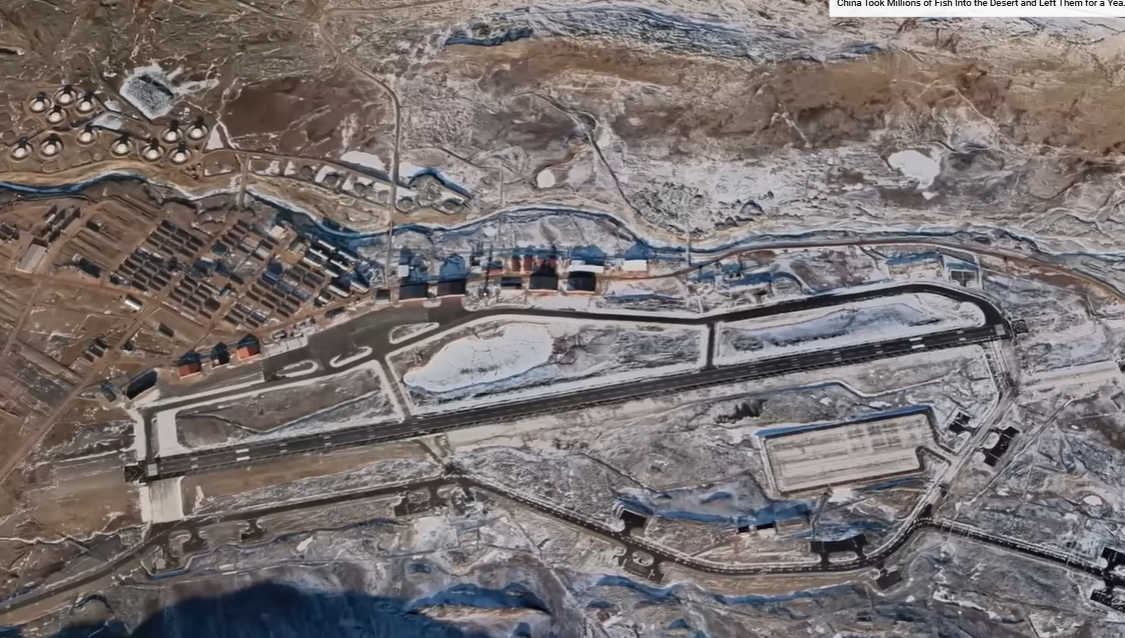
However, mining Greenland’s resources is not easy. Harsh weather, poor infrastructure, and strict environmental regulations mean mining projects take an average of 16 years to get off the ground. Many companies have pulled out after the Greenland government banned uranium mining and halted all oil and gas activities in 2021.
Despite these challenges, the US is still looking to increase its influence. In 2023, US and Danish officials persuaded Tanbreez Mining not to sell its rare earth mine to China, instead transferring it to US company Critical Metals. This was seen as a strategic move to reduce dependence on China for rare earth supplies.
Although Greenland has abundant resources, mining requires the approval of local people, 90% of whom are indigenous Inuit. They are concerned that industrial development could damage an environment already heavily affected by climate change.
Mines that have been in operation since the 1970s have had a negative impact, causing heavy metals to accumulate in water sources and marine life.
In addition, the melting of Greenland’s ice is accelerating sea level rise and changing the island’s color from white to blue, reducing its ability to reflect sunlight, thereby contributing to global warming. A recent NASA study also discovered an abandoned military base under the ice, containing a lot of chemical and radioactive waste that could become a serious problem in the future.
Although Greenland has great economic potential from resource exploitation, currently, only one mine is operating. Expansion of mining faces many obstacles, from harsh natural conditions, labor shortages, to environmental and political concerns.
In the future, if Greenland wants to develop the mining industry, it may need an immigrant workforce and stronger investment from international businesses.




